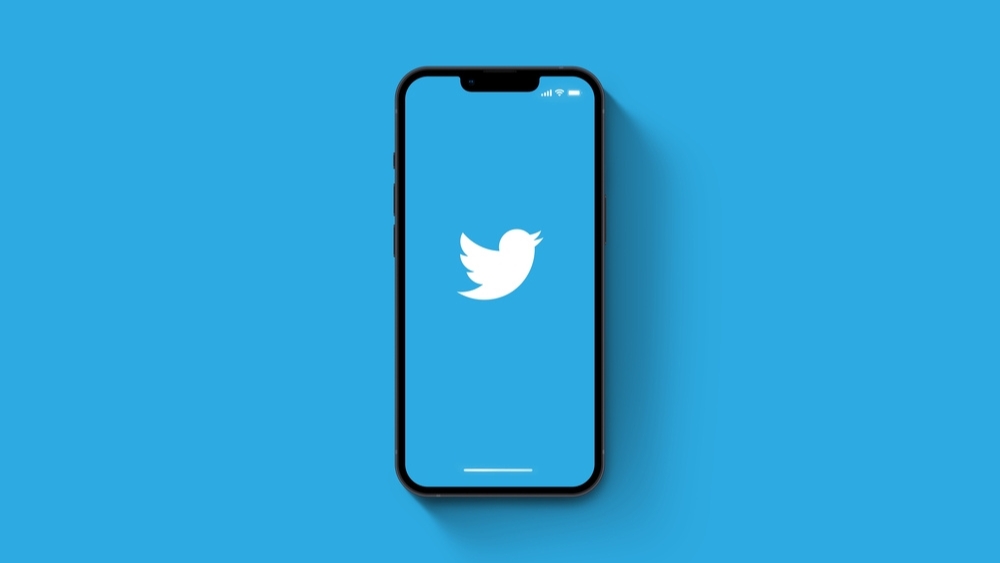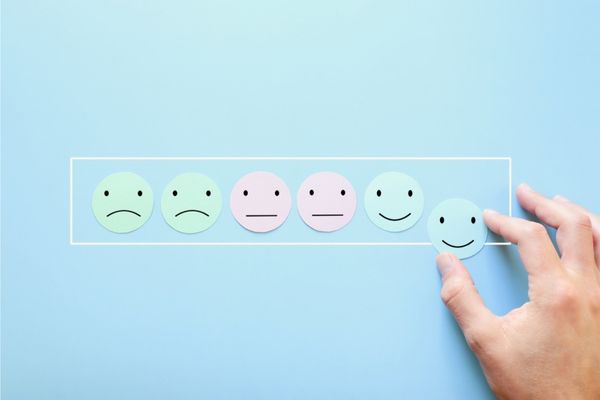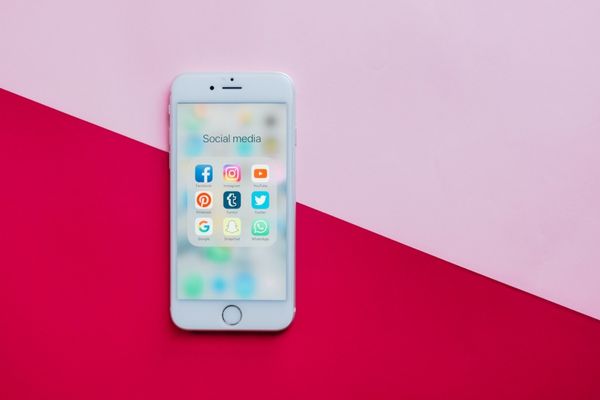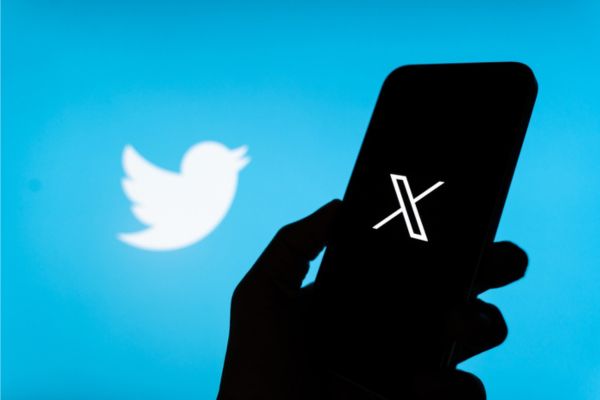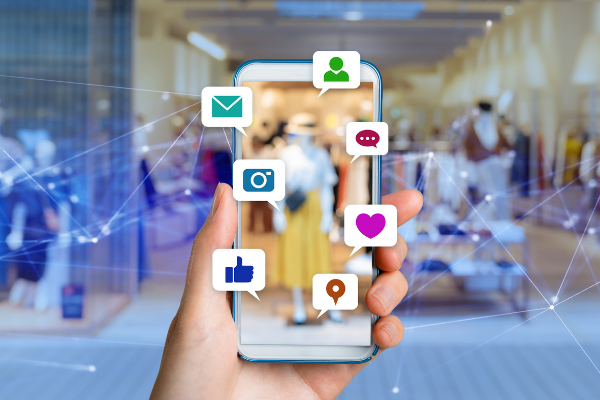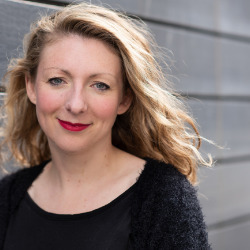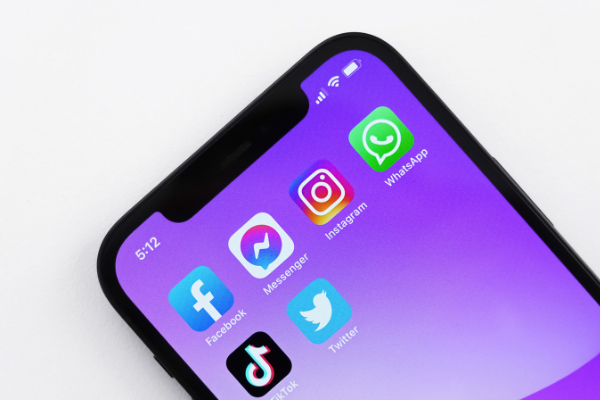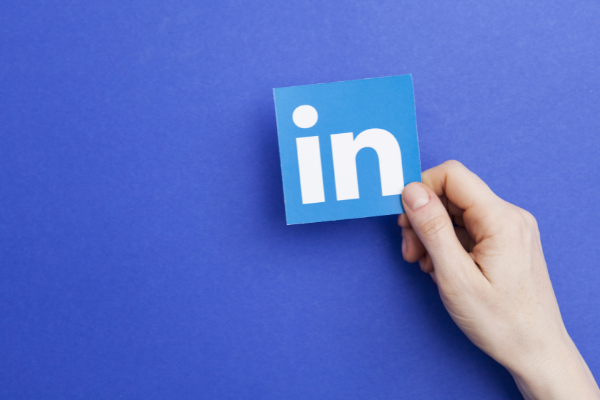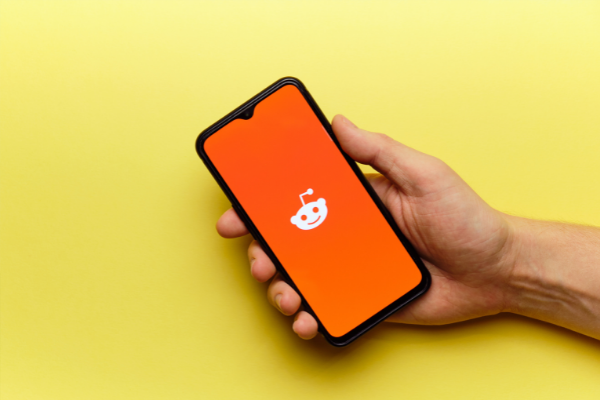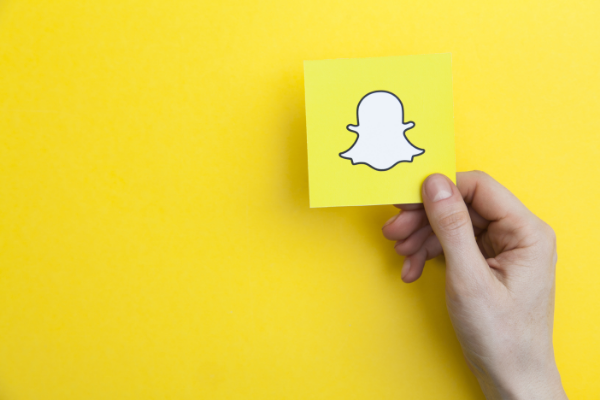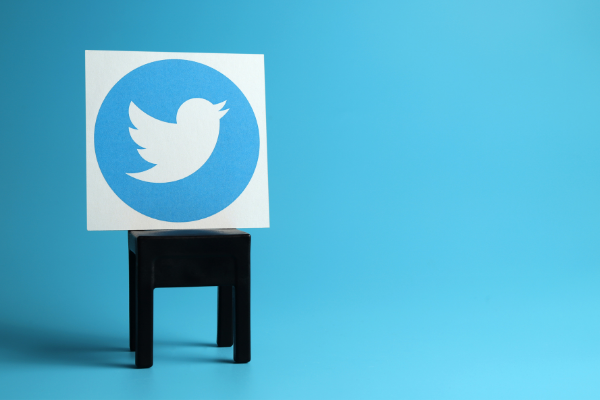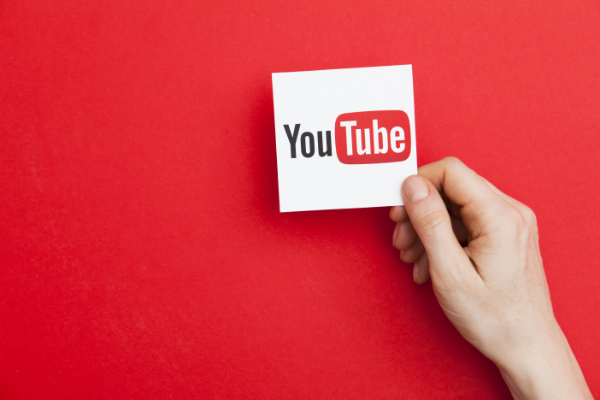Insights
INSIGHTS
All Topics
Should charities stay on Elon Musk's Twitter?
11 Nov 2022by Helen Olszowska
We look at how the platform is changing and what this could mean for charities
After a few false starts, Elon Musk concluded his deal to buy Twitter on 27 October 2022. As a Twitter super-user with strong, but not necessarily partisan, political views, the Tesla and SpaceX Founder is powering significant change on the platform.
Twitter is relatively small in comparison with social media behemoth, Facebook. It has 436 million monthly active users in comparison with Facebook’s 2.91 billion. However, it’s the platform favoured by politicians, celebrities, activists, dissidents, and journalists. What happens on Twitter seeps into the news cycle and impacts our daily lives.
Two of the areas Musk has the significantly reduced team at Twitter working on are a broader interpretation of free speech and a new approach to verification on the platform. As Musk tightrope-walks the lines between profitability, misinformation, and free speech as part of these projects, charities consider whether they should maintain a presence on Twitter.
Verification and Twitter Blue
Musk has had a rocky relationship with advertisers since taking over at Twitter. First tweeting a seemingly heartfelt note to them...
Dear Twitter Advertisers pic.twitter.com/GMwHmInPAS
— Elon Musk (@elonmusk) October 27, 2022
...and then blaming activists and advertisers for the mass Twitter staff layoffs.
Twitter has had a massive drop in revenue, due to activist groups pressuring advertisers, even though nothing has changed with content moderation and we did everything we could to appease the activists.
— Elon Musk (@elonmusk) November 4, 2022
Extremely messed up! They’re trying to destroy free speech in America.
While he hasn’t said it overtly and maintains that he didn’t buy Twitter to make money, many feel that Musk is trying to recoup some revenue through monthly subscription product Twitter Blue.
Twitter Blue, the platform’s $2.99 or $4.99 per month paid membership tier pre-dates Musk, but he has been trying to up subscriber numbers by adding the long-awaited edit button and other new functions to the service. Now Musk is adding verification to Twitter Blue to increase sign ups.
Verifying users as humans is key to tackling one of social media’s major issues - misinformation. But allowing users to pay for verification only goes some way towards verifying human-ness and could make it harder for users to identify trusted sources of information. For expert individuals working for charities and nonprofits and the communities they serve, this could be problematic.
Free speech
Musk has declared that Twitter is a de-facto town square and that free speech and debate must be encouraged to thrive, within the law.
With less restrictions on free speech, many fear that hate speech will flourish. A study from the Network Contagion Research Institute showed that use of the n-word increased by a staggering 500% on Twitter in a 12 hour period on the day following Musk’s takeover.
Evidence suggests that bad actors are trying to test the limits on @Twitter. Several posts on 4chan encourage users to amplify derogatory slurs.
— Network Contagion Research Institute (@ncri_io) October 28, 2022
For example, over the last 12 hours, the use of the n-word has increased nearly 500% from the previous average. pic.twitter.com/mEqziaWuMF
Charities – particularly those supporting minoritised communities – are considering whether they can continue to ask their staff and service users to interact in an increasingly hate-filled digital space.
Making a decision
Digital and communications leads across the third sector have been discussing whether they plan to stay on the platform, leave or wait and see what happens.
Alona De Haviland, Head of Marketing and Communications at the Shaw Trust. describes the dilemma:
Good question, I feel we should leave - how can you support a platform whose founder is so deeply politicised? But there are good places and beautiful minds on Twitter - and can we afford not to be part of that?
— Alona De Havilland (@alonachristie) November 7, 2022
Eoghan Beecher, UK & Ireland Country Manager for iRaiser, makes an interesting point about which platforms might become more or less important for different audiences.
I don’t think charities need to be the trailblazers here. If its news, campaigns and fundraising, then it’s relatively low risk to stay. If there is any interaction with vulnerable service users, I wouldn’t want to new owner to have access to that.
— Eoghan Beecher (@BeecherEoghan) November 7, 2022
Catriona Jeffery, Social Media Manager at the BookTrust, sums up how they are approaching the decision-making process on the future of their Twitter presence,
“If Twitter becomes a toxic environment (or rather, more toxic environment) it would require some deep thinking on our part as an organisation about whether it’s somewhere we want to be, but at the moment it seems far too early to be making any big decisions about that.”
For some charities with lower engagement on the platform, Musk’s takeover might be a tipping point and spark the decision to move on. Digital Charity Lab has written a guide for charities that make the decision to leave on the options for backing-up and downloading Twitter content and follower lists.
The bigger question
While you decide whether to stick with Twitter or switch to one of the touted alternatives like Mastadon, Cohost, or CounterSocial at your charity, you might also ponder the bigger question: how do we legislate for the social media age?
A huge switch in ownership that fundamentally changes the nature of a social platform like Twitter is only possible because as a US company, it is governed by US laws on competition and ownership or communications and free speech.
If we really want to see misinformation and hate speech abolished on social platforms we need to support legislative reform in the countries we work in and internationally.
When it comes to Musk’s Twitter, the only thing we can be fairly certain of is that there’s more change to come and not all of it will stick.
Please note that Twitter will do lots of dumb things in coming months.
— Elon Musk (@elonmusk) November 9, 2022
We will keep what works & change what doesn’t.
Helen Olszowska
More on this topic
Related Content
Recommended Products
21 Mar 2025by Christine Chiu
How to make the most of a conference
07 Mar 2025by Laura Stanley
Marketing trends for charities in 2025
25 Feb 2025by Joe Lepper
How charities support young carers
17 Feb 2025by Laura Stanley
Charity Digital Exchange: Grow your charity with AWS
Our Events
Charity Digital Academy
Our courses aim, in just three hours, to enhance soft skills and hard skills, boost your knowledge of finance and artificial intelligence, and supercharge your digital capabilities. Check out some of the incredible options by clicking here.

